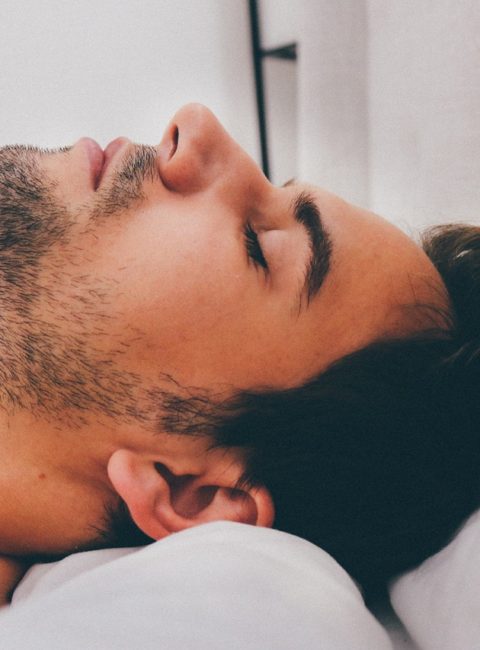A new study has found that sleep apnea can be improved with a rhinoplasty procedure. Westfair Communications explores this in a recent article titled “Westport doctor finds sleep apnea improves with rhinoplasty.”
Bill Fallon of Westfair Communications writes, “A team of researchers headed by Westport facial surgery specialist Dr. Howard Stupak has determined rhinoplasty – commonly referred to as nose jobs – could influence the treatment of obstructive sleep apnea, a breathing malady with a string of related health woes ranging from irritability to hypertension that affects 20 percent of the population. In a study published in the December issue of Plastic and Reconstructive Surgery – and selected by the journal in June as an editor’s pick – Stupak and his team from Albert Einstein College of Medicine and Tulane University School of Medicine found that rhinoplasty done solely for breathing problems provided better treatment for obstructive sleep apnea than standard treatments, such as throat or facial surgery. The study also found rhinoplasty outperformed use of a mask known as a CPAP (Continuous Positive Airway Pressure) worn at night. Sleep apnea is a condition where people experience pauses in breathing or shallow breathing during sleep. Symptoms may include waking up with a sore or dry throat, loud snoring, occasionally waking up with a choking or gasping sensation, sleepiness or lack of energy during the day, sleepiness while driving, morning headaches, restless sleep, forgetfulness, mood changes and a decreased interest in sex. Untreated, the condition poses a risk to cardiovascular health, including hypertension and arrhythmia.”
If you are considering undergoing a rhinoplasty procedure, you need a surgeon you can trust. Rex E. Moulton-Barrett, M.D. is internationally known and acknowledged. He is board certified with The American Board of Plastic and Reconstructive Surgery and The American Board of Otolaryngology-Head and Neck Surgery.
Rhinoplasty is usually done as an outpatient procedure. During the procedure, you’ll get general or local anesthesia. If you get general anesthesia, you’ll sleep through the operation. If you get local anesthesia, you will be sedated and your nose will be numbed so you are relaxed and unable to feel the pain. The surgeon will makes cuts within the nostrils. Sometimes, in more difficult cases, the surgeon will make cuts across the base of the nose. After that, the surgeon reshapes the inner bone and cartilage to produce a more pleasing appearance. With these incisions, it allows access to the nasal framework so that the rhinoplasty can be performed to add, remove, adjust or reshape existing nose tissue.
The procedure hardly shows any evidence of incisions, as they are made in creases on either side of the nose or actually inside the nose. Following the surgery, we protect the nose with a splint while sutures hold the tissue in place. Not long after the surgery, the skin and soft tissues will reform over the new nasal framework and most patients can appreciate their new look within a couple of weeks.
If you’re considering rhinoplasty, contact us for a consultation.


